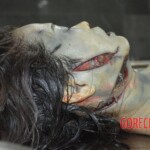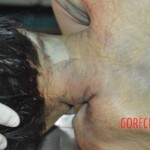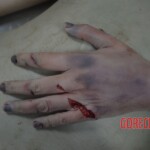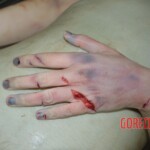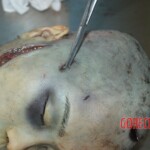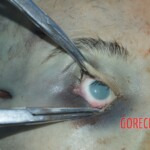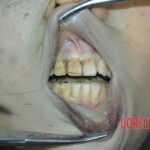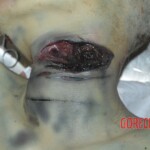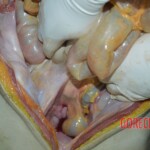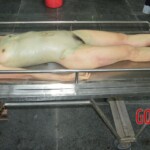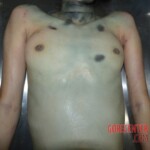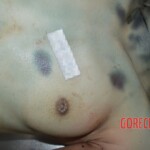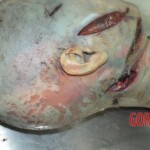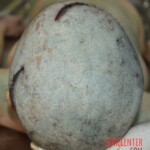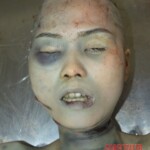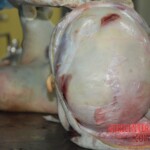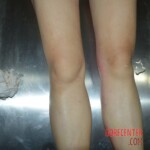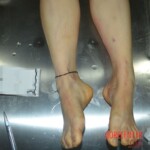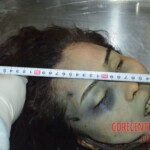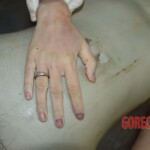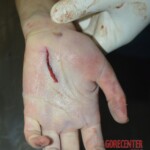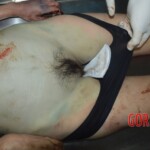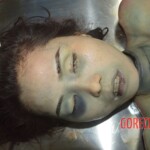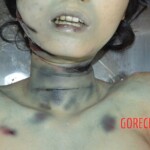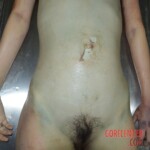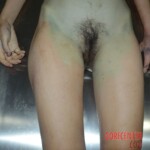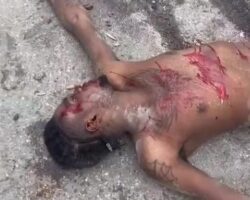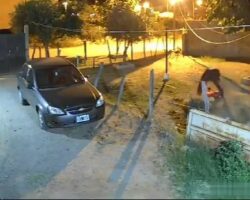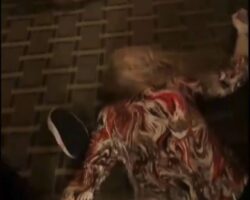CHINA Photos show the work of forensic doctors during the examination and autopsy of a female murder victim. She was apparently attacked with a machete, with her carotid artery cut, and she bled to death. The slash wounds on her hands indicate that she tried to actively defend herself against the attack.
Forensic doctors in such cases proceed very systematically. Every wound, even seemingly small ones, is thoroughly documented and measured, because their location, depth, and characteristics can help reconstruct the course of the attack. At the same time, trace materials – hair, fibers, blood residues – are collected, which may contain the perpetrator’s DNA. Photographs and microscopic images of the wounds serve not only as evidence in court proceedings but also allow comparison with the tool that may have been used.
Interestingly, forensic doctors often collaborate with other specialists – anthropologists, toxicologists, or ballistics experts – to assess all aspects of the attack. During the autopsy, it is also analyzed whether the victim reacted while alive to the injuries, which helps determine whether death was immediate or if she survived for several seconds or minutes; this is very important when assessing the perpetrator’s intent.
The entire process is carefully documented so that every piece of information is precise and usable in the investigation, in potential court proceedings, or for educational purposes, as in this case.
